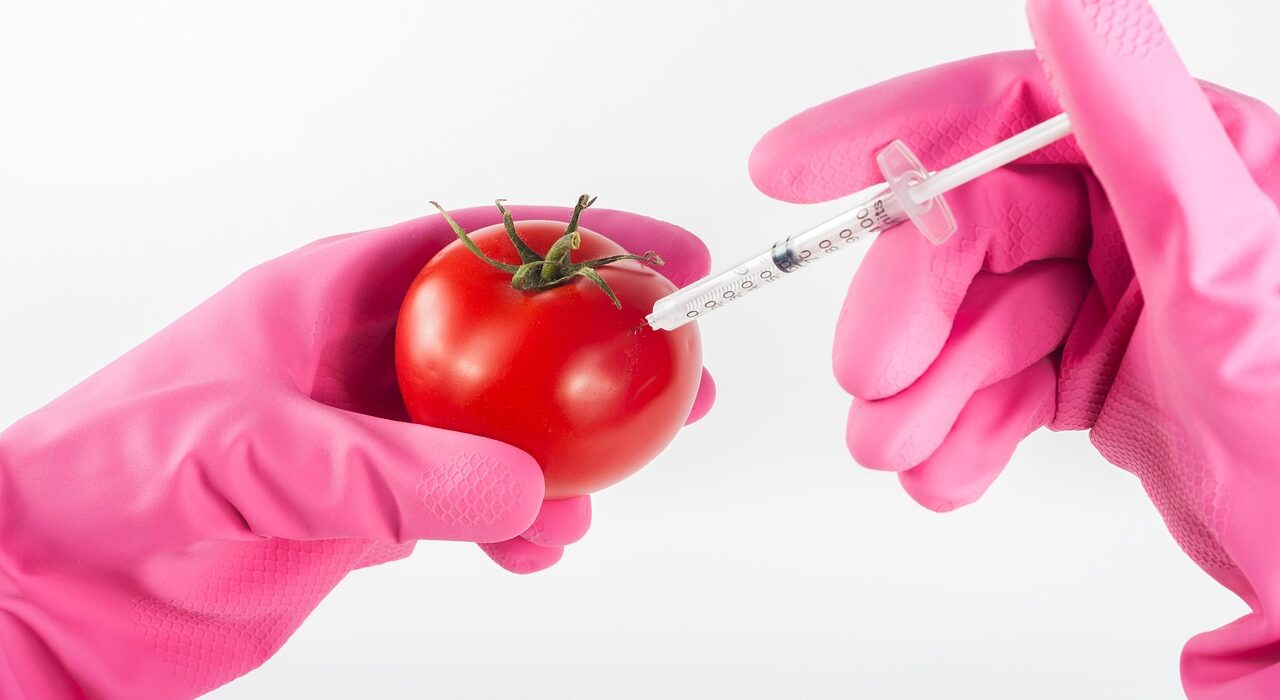Among the many issues where “science” seems to be pitted against “superstition”, GMOs (genetically modified organisms) is one of the best examples. As I read the arguments, the rhetoric is strong but the actual information content is remarkably low. Here’s my take.

Introduction
The GMO proponents often begin with a statement that “there is no scientific evidence that says GMO’s are harmful.” They point out that humans have been doing genetic modifications, through cross-breeding and selection, for thousands of years. They also tend to argue that the opponents of GMO’s have no rational basis for their concerns, that the opposition is the result of unscientific superstition and hysteria.
The GMO opponents offer a variety of contentions. One is that genetic manipulations now being used to create GMO’s may be creating products that have harmful effects on an individual’s health. In addition, the genetic modification, once out of the lab, may cross into the broader plant population, or even into other organisms, with irreversible consequences. They also tend to blame the industry for being reckless and pursuing profit while disregarding the risks. Sometimes the rhetoric is quite hysterical.
GMO Labeling
These arguments often come to a head on the issue of labeling – should GMO products be required to have labels? What is interesting to me is that the lines being drawn around this issue actually undermine the credibility of the GMO proponents. If they are so confident that GMO’s have no harmful effects, then why is labeling so objectionable? Let the bright marketing minds turn GMO into a promotional campaign – “bio science at its best – good for you – good for the world.”
Scientific Claims
I do not claim to have studied the research extensively. Yet I am willing to admit that as far as I know there have been no credible scientific studies finding that the GMO products that have been produced and introduced into the food supply are harmful!
However, this does not mean very much: (1) Very few GMO products have actually reached the market – but the number and variety is expected to explode in the near future. (2) The primary funding source for these studies is the industry, so one has to take them with a grain of salt. Industry does not have a good track record in conducting self-critical science. Just look at tobacco, auto-safety, the ozone hole, the low-fat diet craze (or any diet craze), or sugar – including modified corn syrup and ethanol. (3) Human health is a notoriously complex subject. Most of the things we learn about human health have been “after the fact”. While GMO proponents claim that the body will process any new proteins the same way they do the existing ones, this ignores the deep complexity of the human body, the most sophisticated and tightly networked biochemical reactor on the planet.
The greatest difficulty with the scientific claim of “no harm” is that it is based on a fallacy. There have been a limited number of studies. That none have found harm cannot be taken as a conclusion that harm will never be found, particularly given the incredible difficulty and complexity of research on human and environmental health impacts.

When Science Has Been Wrong Before
I am reminded of the scientists that proclaimed, on the basis of the best science available at the time, that our chromosomes contained certain sequences called “genes” that coded for proteins, but that most of the DNA was “junk” – left over from the vagaries and mischance of evolutionary biology. What a surprise to find that the genome and the process by which DNA is activated is far more complex than science thought. All of that junk appears to be functionally relevant to the complex processes of gene activation, transcription, transmission and reproduction.
Similarly, most of the electrical activity in the human brain was once characterized as “noise” with no useful function. Later research found the human brain is far more complex than we had thought, and that the so-called noise plays many sophisticated roles in cognition, memory, organization and coordination. We only thought is was noise because our science had not advanced far enough.
More recently, research revealed that the micro biome in which we are bathed (and which we have sought to cleanse and purge for centuries on the basis of “science”) actually works closely with and for (as well as occasionally against) the body of its human host. Our success in eliminating parasites and subduing the micro biome is now being studied as a potential cause of our modern autoimmune diseases. We are also finding that there are sophisticated chemical transmission and feedback loops between plants and humans and their respective micro biomes, a complexity of interconnected relationships that baffles the mind and offers huge challenges to the researchers just beginning to explore it.

But We Have Been Creating GMO’s for Centuries!
Yes, we have been creating GMO’s for centuries! Humans have actively modified plant and animal genomes through breeding and cultivation for thousands of years – but in these cases they followed the reproductive rules of nature, and the process contained time for feedback loops to reveal the flaws. Remember the Irish potato famine? The explorers in South America brought back only one variety of the multiplicity of natural potato varieties to England, the lumper. The risks of its ubiquitous cultivation were unknown — until the blight struck tragically and killed a million people. But we learned. Or did we?
Conclusion
There is a counter-rational naiveté in any claim that GMOs are safe. We simply do not know, and we are taking significant risks in proceeding toward GMO proliferation without careful, informed and transparent decision-making. This kind of thoughtful and prudent process does not yet exist.
Moreover, if GMO’s are really safe – then why not label them and let people make up their own minds? The fight against GMO labeling is perverse and autocratic. It seems to be driven by the desires of an industry attempting to hide from the truth. Let the truth speak for itself.

Photos: Courtesy of my garden, except my potatoes are still in the ground….

















